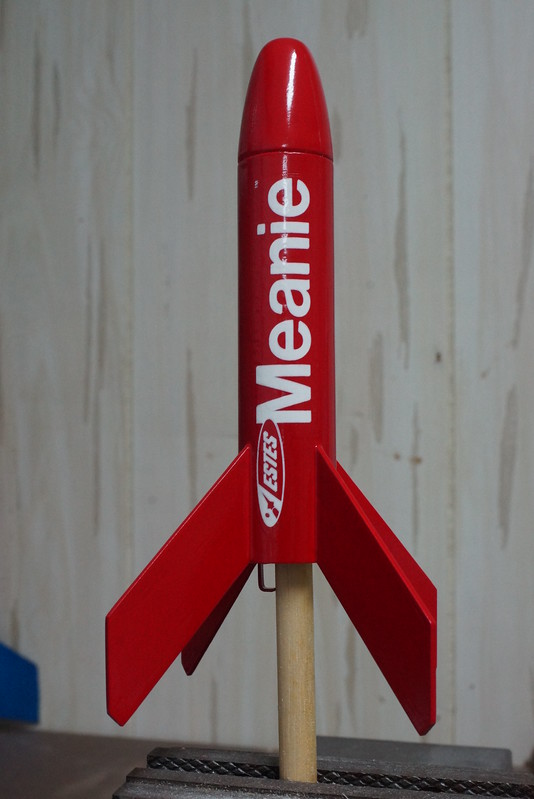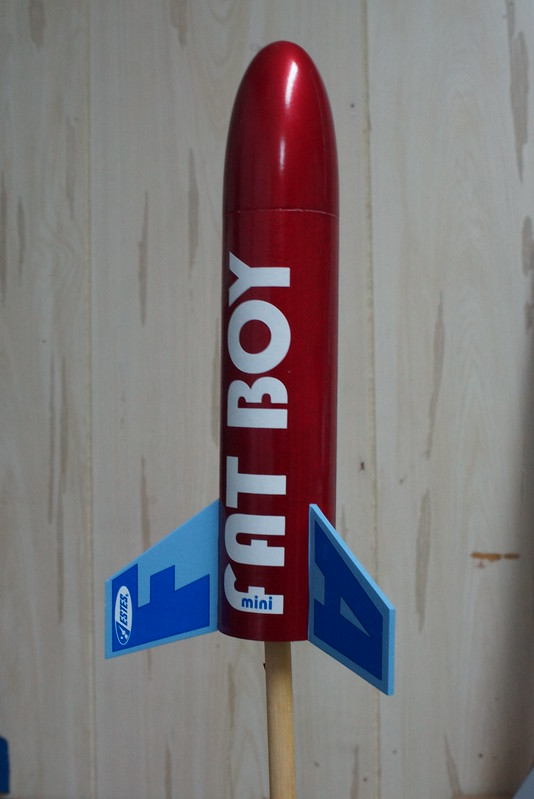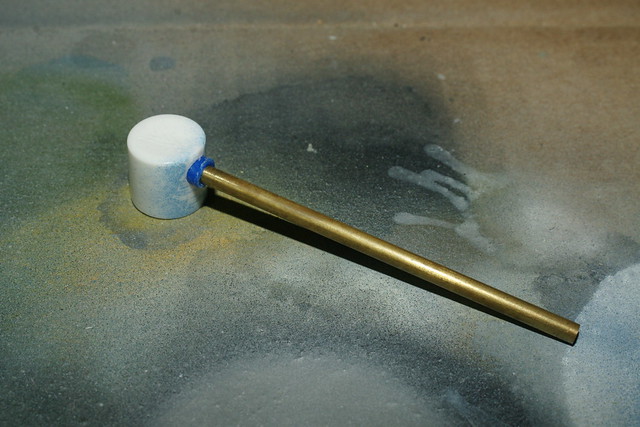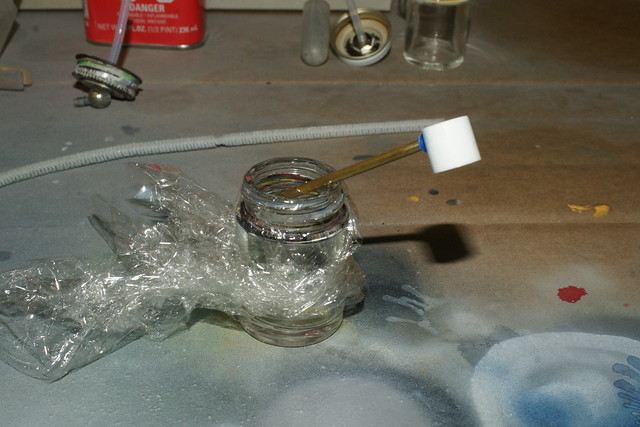That should do it as long as it has a regulator. A moisture trap is a must, especially if you plan to use oil based paints and live in an area with high humidity. I do both and have two moisture traps. One from the home improvement store would work just fine. Other than that, paint, thinner for said paint, and tools to clean the airbrush are all that you really need. For the most part I use pipe cleaners, Q-tips, old t-shirts, and paper towels for cleaning. If you are going to spray inside, I would seriously look into a spray booth or a minimum a fan, window, and respirator. I bought a custom made spray booth (I also build plastic models), but you can make your own from an old carboard box, a furnace filter, dryer vent hose, dryer vent, and a fan. The fan is going to be the expensive part because you need one that is spark proof to handle the paint fumes. For the longest time though, I got by with spraying into a carboard box in the garage with a respirator on. Even with the paint booth, I still use a respirator. Make sure you get one that can handle organic vapor. They're around $30 and you can get replaceable cartridges for less than $20.








